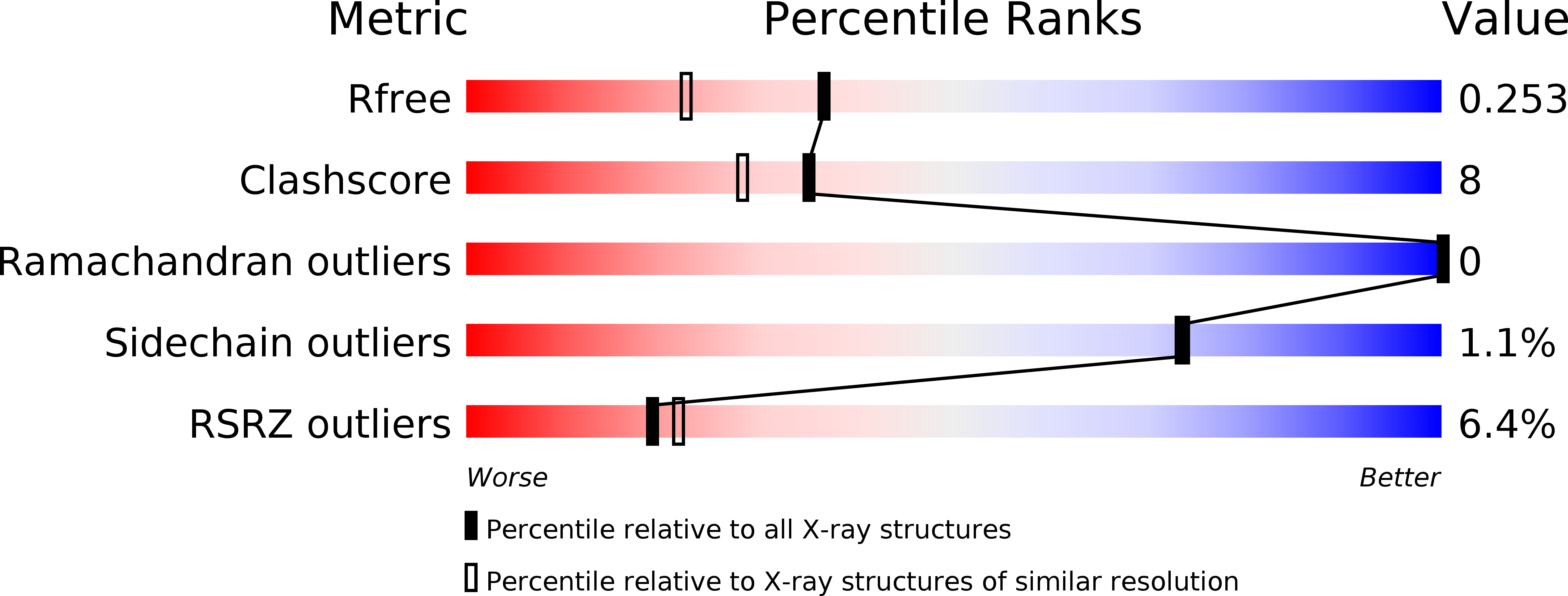
Deposition Date
2005-09-29
Release Date
2006-03-29
Last Version Date
2023-10-25
Entry Detail
PDB ID:
2D3K
Keywords:
Title:
Structural study on Project ID PH1539 from Pyrococcus horikoshii OT3
Biological Source:
Source Organism:
Pyrococcus horikoshii (Taxon ID: 70601)
Host Organism:
Method Details:
Experimental Method:
Resolution:
1.90 Å
R-Value Free:
0.25
R-Value Work:
0.20
R-Value Observed:
0.20
Space Group:
P 43 2 2


